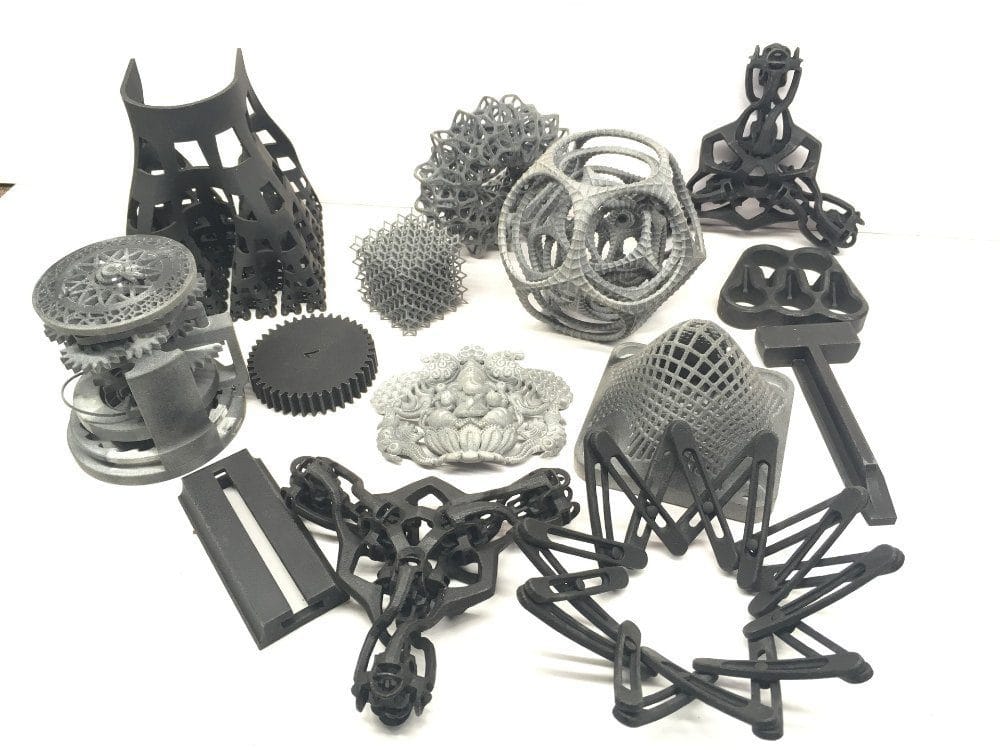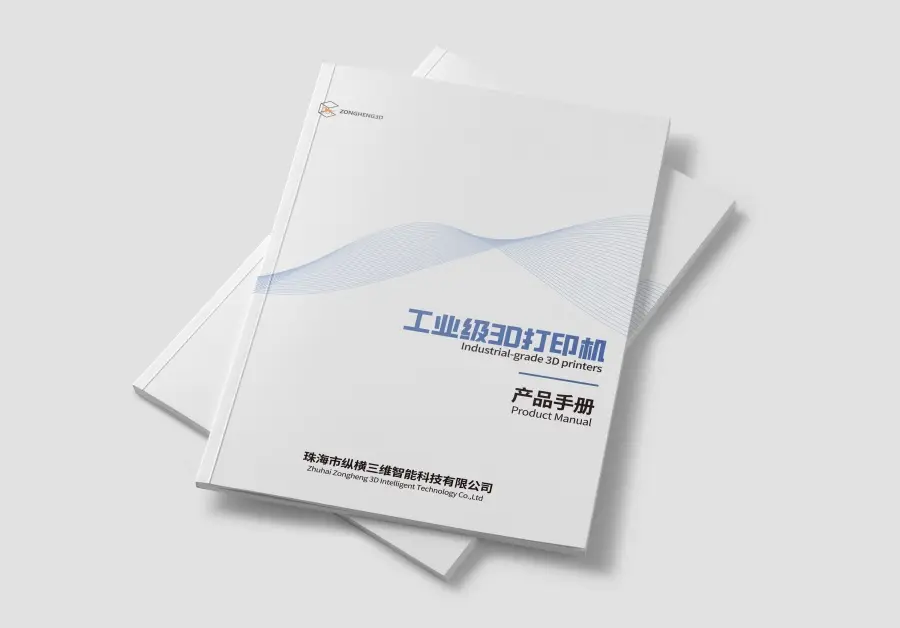Discuss different resin types
SLA 3D Printer Resin Types
Standard Resin
Standard resin is the most common material used for Stereolithography or SLA 3D printing. It provides a rigid plastic material with properties akin to basic injection-molded plastics. Standard resin yields 3D printed parts with good resolution and medium strength for general prototyping and production applications.

Properties
Standard SLA resin creates 3D printed parts with the following properties:
• Tensile strength: 10-50 MPa
• Hardness (Rockwell R): 30-100
• Heat deflection temperature: 45-70°C
• Density: 1.1-1.3 g/cm3
The most popular base materials for standard SLA resin are acrylate monomers combined with various polymers such as epoxy, urethane or vinyl ester resins. The specific chemistry depends on the requirements for strength, flexibility, durability or other properties. Standard resins provide a good balance of cost and performance for common industrial applications.
Applications
Standard SLA resin is suitable for:
• Conceptual modeling – Quickly produce multiple design iterations.
• Prototyping – Create functional prototypes for testing fit, form and function.
• Short production runs – For small quantities less than 10,000 units per year.
• Jigs, fixtures and manufacturing aids – Provide tooling support structures.
• Presentation models – Develop high quality display models, mockups and sculptures.
• Research & development – Test new product designs and industrial parts.
Popular standard resins for SLA 3D printing include Somos NeXt, PerFORM and ProtoGen from 3D Systems, Accura 25 and RenShape SL 7830 from Huntsman, and Formlabs Standard Resin. These general-purpose SLA materials provide basic material properties for a range of applications where rapid prototyping, product development and short-run production are required.
Tough Resin
Tough resin is an SLA 3D printing material with enhanced durability, impact strength and resistance to fractures. It contains rubber additives and polymers designed for rigid parts that experience higher loads and stresses. Tough resin is more durable than standard resin and well suited for functional prototyping applications.

Properties
Typical properties for tough SLA resin include:
• Tensile strength: 20-70 MPa
• Elongation at break: 2-25%
• Izod impact strength: 15-50 J/m
• Hardness (Rockwell R): 50-110
• Density: 1.1-1.4 g/cm3
Tough resins utilize urethane, epoxy and acrylate chemistries along with rubber particles to increase fracture toughness. The rubber additives absorb impact stresses and prevent brittle cracking under repeated loading or drop impacts. Popular base materials include urethane acrylate, epoxy acrylate and vinyl ester resins modified with butadiene rubbers.
Applications
Tough SLA resin is well suited for:
• Functional prototypes – Where higher durability and impact strength are required for testing.
• Jigs and fixtures – For high load applications that experience repeated impacts.
• Short run end-use parts – Consumer products, covers, cases or applications requiring high toughness.
• Automotive components – Headlamp bezels, ducting, under the hood parts where chemical/heat resistance is important.
• Electrical enclosures and connectors – Applications where flame retardancy, high tensile and impact strength are necessary.
Popular tough resins for SLA 3D printing include DuraForm® PA from 3D Systems, Somos® NeXt and DSM’s Novomind 1030 FR which provides a flame retardant, fiber-reinforced nylon alternative. These durable SLA materials yield 3D printed parts with exceptional strength, rigidity and high-temperature resistance for functional prototyping and end-use applications where exceptional toughness and high durability are required.
Flexible Resin
Flexible resin is an elastomeric SLA 3D printing material used to produce rubber-like parts with high flexibility and compressibility. It contains urethane, silicone and other thermoset elastomers to enable highly stretchable 3D printed components that bend and flex without fracturing. Flexible resin provides a 3D printable alternative to molded rubber.

Properties
Typical properties of flexible SLA resin include:
• Tensile strength: 3-10 MPa
• Elongation at break: 100-500%
• Hardness (Shore A): 30
• Tear strength: 10-30 kN/m
• Density: 1.1-1.3 g/cm3
Flexible resins utilize silicone, urethane and other thermoset elastomers to provide high elasticity and resilience. Popular base chemistries include urethane acrylate oligomers and silicone monomers combined with plasticizers and rubbers to achieve a Shore hardness of 30A to 70A. Flexible resins offer stretchability ranging from 3-10 times their original length.
Applications
Flexible resin is suitable for producing:
• Flexible seals, gaskets and o-rings – For applications requiring a tight, compressible seal.
• Soft touch overmolds – Providing padding, grip and shock absorption.
• Living hinges – Enabling bendable, flexing pivot points with high tear strength.
• Elastomeric pads – For vibration dampening, sound proofing and non-slip applications.
• Soft actuators and robotic parts – Where compliant, stretchable materials are necessary.
• Orthopedic parts – Including shoe insoles, orthotics and custom braces.
• sporting goods – Balls, hand grips, and other equipment requiring a soft, pliable material.
Popular flexible resins for SLA 3D printing include DuraForm® Flex, Formlabs Flexible Resin and 3M 3530 which offer a silicone-based SLA printing material. These soft, rubbery 3D printing resins produce highly flexible and elastic parts with Shore hardnesses ranging from A30 to A70 and elongations up to 500% for applications demanding compliant, resilient 3D printed components.
Castable Resin
Castable resin is a specialized SLA 3D printing material used to produce foundry patterns for investment casting metal parts. It contains engineered polymers and fillers that burn out cleanly during casting to leave an accurate mold cavity. Castable resin enables 3D printed molds to be used directly for casting metals such as aluminum, steel and nickel alloys.

Properties
Properties of castable SLA resin include:
• High thermal stability – Resists melting and deterioration up to 1000°C to withstand metal casting processes.
• Low ash content – Produces little to no residue upon burnout to avoid mold cavity imperfections.
• Medium strength – Strong enough for handling yet easily deconstructed during burnout.
• Non-toxic fumes – Emits little odor or hazardous gases when burned out according to foundry standards.
• Density – Ranges from 1.1 to 1.4 g/cm3, similar to standard SLA resins.
Castable resins typically contain high-temperature polymers such as polyimide, polyetherimide or phenolic along with mineral or ceramic fillers to improve burnout properties. The resin is formulated to carbonize and decompose into gaseous byproducts when exposed to high heat leaving minimal ash behind in the mold cavity.
Applications
Castable resin is specifically designed for 3D printing investment casting patterns including:
• Metal alloy prototypes – Quickly produce aluminum, steel or nickel alloy cast parts.
• Precision cast components – Enable rapid tooling for parts requiring tight tolerances.
• Art castings – 3D print complex, intricate patterns for custom metal sculptures and decorations.
• Low volume production runs – For niche or obsolete parts where tooling is not feasible.
• Directional solidification – Produce patterns for controlling grain structure and optimizing mechanical properties.
Popular castable resins for SLA 3D printing include Somos® Element, 3D Systems Accura® CastProTM and ProtoCastTM from Huntsman. These high-temperature, low-ash SLA resins produce 3D printed foundry patterns suitable for a range of industrial investment casting applications to produce ferrous and non-ferrous metal end-use components.
Dental Model Resin
Dental model resin is a specialized SLA 3D printing material used for producing biocompatible parts for dental applications and orthodontic treatments. It meets ISO and FDA standards for temporary insertion into the human mouth. Dental model resin can produce highly accurate crown and bridge frameworks, orthodontic thermoforming models, surgical cutting guides and other dental components.

Properties
Dental model resin exhibits the following properties:
• Biocompatibility – Meets ISO 10993 and USP Class VI standards for limited exposure in the mouth.
• High resolution – Provides fine details suitable for miniature dental geometries.
• Strong and durable – Rigid enough for dental purposes yet resists fracturing on removal.
• Non-toxic – Formulated with biocompatible, medical-grade monomers to be inert when exposed to human tissues and fluids.
• Density – Ranges from 1.1 to 1.3 g/cm3, typical of SLA photocuring resins.
Dental resins contain specialized acrylate, epoxy and urethane monomers approved for medical use. They utilize biocompatible polymers and crosslinking agents tailored for dental devices and components requiring placement in the mouth for a temporary period. Dental resins offer a 3D printable and quicker alternative to traditional dental plaster and stone models.
Applications
Dental model resin is designed specifically for SLA 3D printing of:
• Crown and bridge frameworks – Provide support structures for dental prosthetics.
• Orthodontic thermoforming models – Enable clear aligner therapy and retainers.
• Surgical cutting guides – Provide custom templates for precise implant placement.
• Temporary crowns and bridges – Produce short term dental restorations.
• Maxillofacial models – Enable design and testing of customized prosthetics and implants.
• Nightguards and occlusal splints – Allow production of dental appliances for protecting teeth from grinding or trauma.
Popular dental model resins for SLA 3D printing include 3D Systems DuraForm® MDO, Formlabs Dental Model Resin and Asiga CompoCare® which provide biocompatible SLA materials tailored to a range of dental and orthodontic applications. These specialized 3D printing resins yield high resolution, sterilizable parts suitable for temporary insertion in the human mouth during treatment. Dental model resin enables labs and clinics to transition to more efficient and cost-effective 3D printing technologies.
High Temperature Resin
High temperature resin is an SLA 3D printing material capable of producing heat resistant plastic parts. It utilizes high performance polymers with deflection temperatures over 260°C to enable functional components suitable for high temperature and energy applications. High temperature resin provides a 3D printable alternative to injection molded plastics for engineering applications.

Properties
Typical properties of high temperature SLA resin include:
• Heat deflection temperature – Ranges from 260 to 330°C.
• High tensile strength – 50 to 120 MPa at 23°C.
• Chemical resistance – Resists a wide range of solvents, fuels and corrosive chemicals.
• Low flammability – Meets UL94 V-0 and FAR 25.853 standards for reduced fire risk.
• High hardness – Rockwell M 90-120 scale.
• Density – 1.3 to 1.6 g/cm3 depending on polymer type.
High temperature resins employ specialized polymers such as PEI (polyetherimide), PES (polyethersulfone), PPSU (polyphenylsulfone) and PEKK (polyetherketoneketone). These high performance thermoplastics provide continuous operating temperatures up to 260°C with peaks over 300°C. The resins contain flame retardant and reinforcing additives to increase mechanical strength, rigidity and reduce the risk of fire in high heat applications.
Applications
High temperature resin is suitable for 3D printing:
• Under-the-hood automotive parts – Sensors, connectors, brackets and enclosures.
• Aerospace components – Small to medium interior aircraft, engine and exhaust ducting parts.
• Electrical insulation – High voltage connectors, switches, coil forms and spacers.
• Chemical processing equipment – Valves, pumps, pipes for exposure to harsh chemicals.
• Power generation – Components for generators, turbines, solar heat exchangers and nuclear systems.
• Firewalls and battery boxes – For high heat containment and electrical shielding.
• Industrial tooling – Injection molds, thermoforming tools, kiln furniture where high durability and heat resistance are necessary.
Popular high-temperature resins for SLA 3D printing include 3DXSTATTM ETX from 3D Systems, Solvay’s KetaSpire® PEEK and Huntsman’s Araldite® 1059 which provide extreme heat and chemical resistant SLA materials reinforced for high performance engineering applications in harsh, elevated temperature environments. These resins yield fully dense 3D printed parts with the highest deflection temperatures and strength suitable for end-use production of components exposed to intensive heat, corrosive media and heavy loads.


